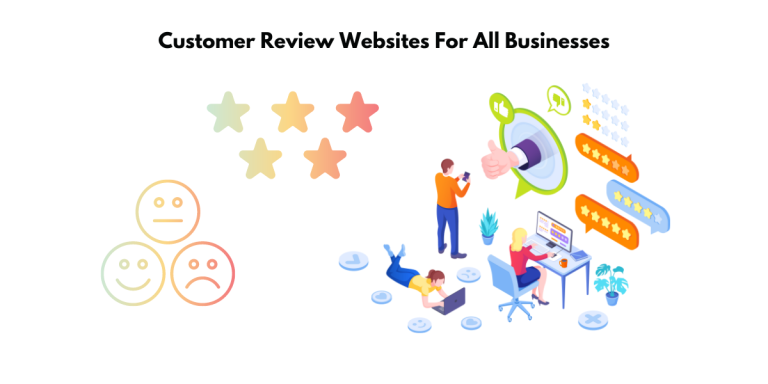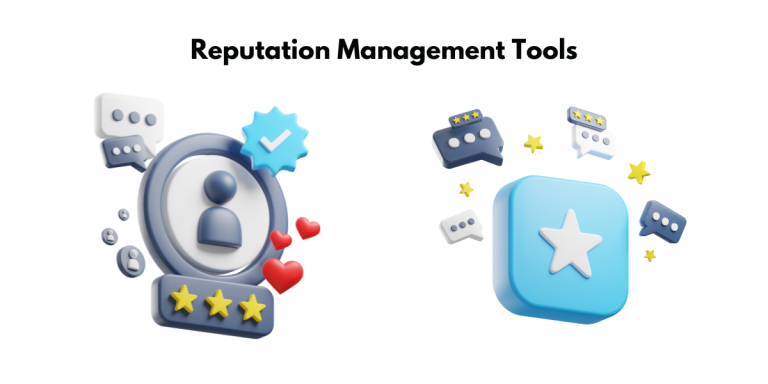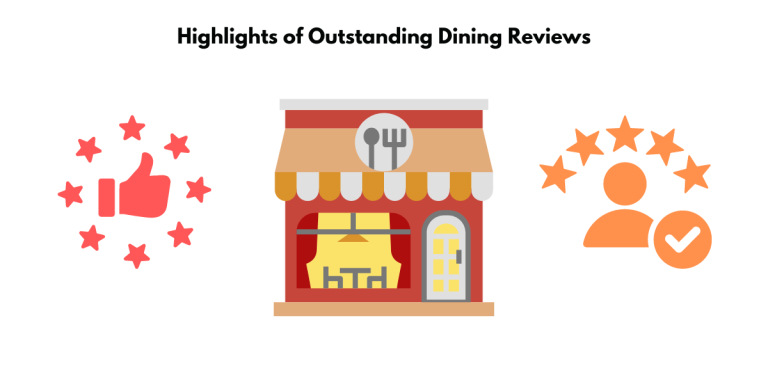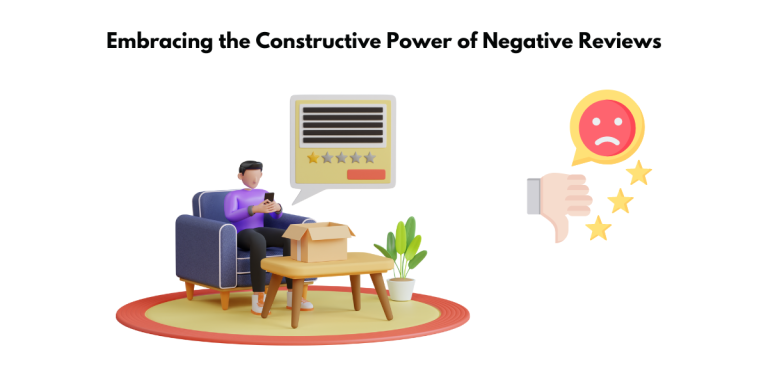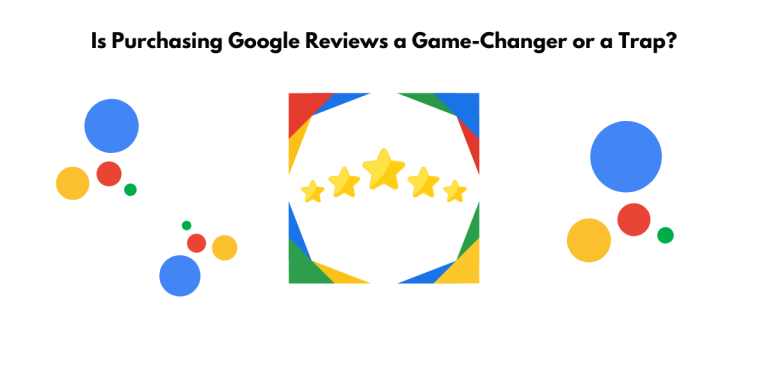Introduction to Online Review Management
The Power of Online Reviews on Brand Reputation
Welcome to the digital age, where your brand’s online presence can make or break its success. Think of online reviews as powerful tools that shape public perception, akin to personal recommendations. They give life to your digital storefront and influence both visibility and sales. When managed wisely, reviews paint a compelling picture of trust and quality, encouraging potential customers to choose you over competitors.
Navigating the Shifting Landscape of Customer Feedback
Navigating the shifting landscape of customer feedback can feel like traversing a minefield. Every click, comment, and star rating can significantly alter your brand’s course. In today’s world, where feedback comes from myriad sources and at breakneck speed, it’s crucial to stay agile. Keeping a finger on the pulse of customer sentiment allows you to react promptly and appropriately. Smart brands actively engage with their customers, seeking to understand their evolving needs and expectations and use this insight to steer their business strategies.
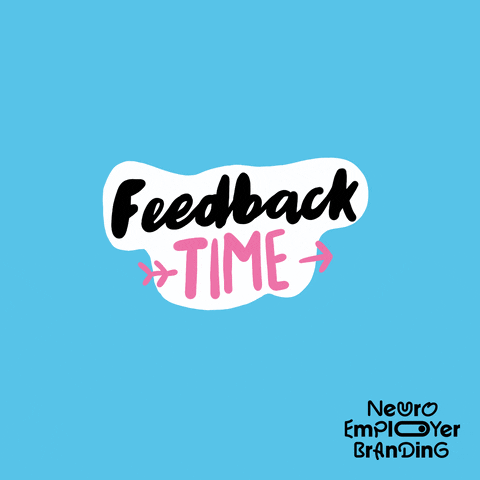
Establishing a Solid Foundation for Review Management
Defining Your Brand’s Voice in Responding to Reviews
Your brand’s voice is not just what you say, but how you say it, especially when responding to reviews. A consistent, empathetic tone that matches your brand’s personality can turn a one-time buyer into a loyal customer. Whether you’re thanking someone for a glowing review or addressing a complaint, the key is to remain professional, authentic, and courteous. Approach every interaction as if it’s a public stage, showcasing your brand’s commitment to customer satisfaction.
Setting Up Systems to Track and Monitor Online Reviews
To keep your finger on the pulse of public perception, establishing robust systems for tracking and monitoring online reviews is essential. Start by identifying and subscribing to relevant review platforms — think of it as a radar system for your brand’s reputation. Set up alerts and dedicated dashboards to ensure you never miss a beat. This constant vigilance enables you to swiftly respond to feedback, manage potential issues, and harness positive sentiment to your benefit.
- Real-time alerts: The system should notify you immediately when a new review is posted, allowing for timely responses and management of customer feedback.
- Multi-platform integration: It should consolidate reviews from various sources, including social media, websites, and other relevant platforms, into a single, centralized dashboard for easier monitoring.
- Sentiment analysis: The tool must have the ability to assess and categorize the emotional tone of reviews, distinguishing between positive, negative, and neutral sentiments, and providing deeper insights into customer perceptions.
- Reporting capabilities: An ideal review tracking system needs to offer comprehensive reporting options that convert raw data into actionable analytics, highlighting trends, performance metrics, and areas for improvement.
- User-friendly interface: The interface should be intuitive and straightforward, allowing users of all skill levels to navigate and utilize the system’s features effectively, without a steep learning curve.

The Art of Handling Negative Online Reviews
Strategies for Addressing Criticism Constructively
When you’re faced with criticism online, the goal is to address it in a way that not only resolves the issue but also demonstrates your commitment to excellence. A constructive response strategy involves acknowledging the feedback, apologizing where necessary, and offering a solution or next steps. Always personalize your responses, and signal your willingness to listen and improve. Remember, these interactions are public and an opportunity to win back a customer’s trust, as well as to impress potential customers who are watching how you handle setbacks.
When and How to Take the Conversation Offline
Sometimes, taking the conversation offline is the best course of action, particularly when dealing with complex or highly sensitive issues. Offer to continue the conversation through a private channel like email or phone when too much back-and-forth would clutter the public space or when personal information needs to be shared. This shift allows for a more nuanced and personalized resolution process. Always make sure the invitation to go offline is polite and underscores your commitment to solving the problem at hand.

Encouraging and Amplifying Positive Reviews
Crafting Seamless Review Encouragement Campaigns
Encouraging reviews without seeming too pushy is an art. Design campaigns that feel natural and unintrusive yet motivate customers to share their experiences. Timing can be everything; reach out when the positive experience is fresh, like after a purchase or a service encounter. Keep the process simple—perhaps with a follow-up email including a direct link to a review platform. And don’t underestimate the power of saying ‘thank you’—showing gratitude can turn happy customers into active promoters of your brand.
Utilizing Positive Feedback as Marketing Fuel
Positive feedback is akin to gold dust in your marketing mix. It’s authentic, relatable, and most importantly, persuasive. Showcase stellar reviews in your marketing materials, be it on social media, your website, or even in-store. When potential customers see others praising your products or services, it can be the deciding factor in choosing you over the competition. Create a virtuous cycle: the more positive reviews you generate and highlight, the more trust you build, which in turn leads to more business and more positive reviews.
“Average Players want to be left alone. Good players want to be coached. Great players want to be told the truth.” – Doc Rivers
Leveraging Technology in Review Management
Review Management Software Options to Consider
In the realm of review management, software is your steadfast ally, designed to ease the burden and maximize impact. Consider platforms like Nextiva, which offers comprehensive tools like social listening, PR monitoring, and sentiment analysis. Other options include Podium, for streamlined review collection and management, and Yotpo, which integrates well with e-commerce platforms. When choosing software, look for key features such as multi-platform monitoring, automated alerts, response templates, reporting capabilities, and ease of use.
- Nextiva: Known for its robust analytics and sentiment analysis.
- Podium: Simplifies the process of collecting and managing reviews.
- Yotpo: Great for integrating with e-commerce shops to collect customer reviews.
Streamlining Processes with Automation Tools
In the constant flow of reviews, automation tools are your time-saving champions. They can streamline the processes of gathering, analyzing, and responding to feedback. Look for tools that can automatically collect reviews from various platforms, send out review prompts after purchase, and even provide pre-formatted response templates. Automation can also help with escalating issues to the right team member, ensuring swift action. By using these tools, you can maintain a consistent review management process without spending all your time online.
- Automated review collection: Saves time by aggregating reviews from multiple platforms.
- Response templates: Ensures consistency and efficiency in replying to customer feedback.
- Escalation workflows: Auto-routing of critical issues to appropriate team members for quick resolution.

Continuous Improvement through Review Analysis
Extracting Actionable Insights from Customer Feedback
Mining customer feedback for actionable insights is where the true value lies. Analyze reviews to identify common praises or concerns, which can serve as a roadmap for product improvement or customer service training. By using sentiment analysis, you can track changes in customer mood over time and benchmark against competitors. Look beyond the star ratings; read the stories people share about your brand. This data is a goldmine, helping you prioritize changes and allocate resources to make the most significant impact on customer experience.
- Sentiment analysis: To gauge the emotional tone behind customer feedback.
- Trend detection: For spotting recurring themes that need attention.
- Competitive benchmarking: To understand where you stand in the market.

Adapting to New Review Platforms and Consumer Habits
As the digital ecosystem evolves, so do the platforms where customers leave their feedback and the ways they prefer to communicate. It’s paramount to stay updated with the latest trends in review platforms—whether it’s a burgeoning social media site or a niche industry forum. Adapt by establishing a presence where your customers are most vocal and comfortable. Consumer habits are also shifting with generations, necessitating a flexible approach to how you collect and manage reviews. Recognize these patterns early, and tailor your strategy to meet customers on their preferred grounds.
- Embrace new social media platforms: To reach customers where they are increasingly active.
- Understand demographic preferences: Different age groups may favor distinct platforms or forms of feedback.
- Flexible strategy adaptation: To continue meeting customer expectations effectively.
Adjusting Business Practices Based on Review Trends
Savvy businesses use review trends not only as a measure of past performance but as a beacon for future action. If you notice a pattern in feedback pointing to a particular aspect of your product or service, take it as a cue for refinement or even innovation. Align your business practices with the needs and wants of your customers, signaled by their reviews. It could be as simple as tweaking a menu or as complex as overhauling your customer service approach. These adjustments are investments in customer satisfaction and, ultimately, in the enduring success of your business.
- Agile response to feedback: To stay current and meet evolving customer expectations.
- Customer-centric innovation: Using feedback for continuous product and service improvement.
- Business alignment: Ensuring all facets of operations reflect customer preferences and feedback trends.
Staying Ahead with Proactive Review Management Strategies
Proactive review management is the secret to not just surviving but thriving in the digital reputation arena. It involves anticipating potential issues and putting measures in place to mitigate them before they escalate. Develop a comprehensive response plan for various scenarios and train your team accordingly. Regularly solicit feedback from your customers as a preemptive step to ensure satisfaction and gather insights. Also, keep innovating in how you request and handle reviews to stay ahead of the curve. A proactive stance can help you shape the narrative around your brand and maintain a solid, positive online reputation.
- Preemptive feedback solicitation: To gauge customer satisfaction and preclude negative reviews.
- Scenario-based response planning: To ensure readiness for handling any type of review efficiently.
- Continuous innovation in review solicitation: To remain engaging and relevant in how you interact with customers.

Summary:
Consumers rely heavily on online reviews, with 98% reading them and 76% using them to check local businesses. Online review management is crucial for multi-location businesses, as it affects both customer perception and search rankings. Google’s algorithm considers factors like star ratings, the number of reviews, how often a business is reviewed, and whether the business responds to reviews. Responding to negative reviews is particularly important, as it shows authenticity and can restore trust.
Encouraging reviews requires a balance between organic and solicited feedback. While organic reviews are spontaneous, solicited ones come from direct requests to customers. A mix of both can improve a business’s visibility in search results. Post-transactional emails and QR codes are effective ways to request reviews, and incentives like raffles or discounts can boost review volume.
For multi-location businesses, managing reviews across various platforms can be streamlined with review management software. These tools offer features like sentiment analysis and integrate AI to provide actionable insights. The future of online reviews sees more video content and advanced algorithms to combat fake reviews. Businesses should focus on user-generated reviews on major sites for better rankings, and using a one-stop platform like Reputation Brief can save time and optimize review management efforts.
- Unmasking SEO Myths: How to Spot Common SEO Scams - September 15, 2024
- How to Master Online Review Management to Safeguard Your Brand’s Reputation - April 22, 2024
- How SEO and Reputation Management Affect Review Generation—And the Interplay Between Them - April 15, 2024


